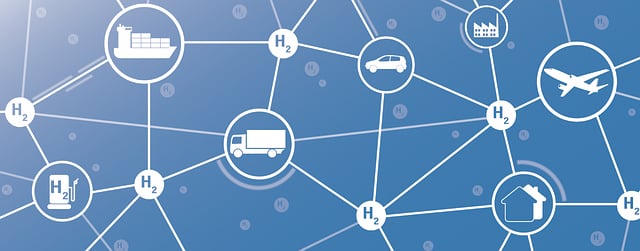GMS as a catalyst support
Applications as a catalyst support
The production of green hydrogen using water electrolysis equipment is a crucial factor in realizing a decarbonized society. Water electrolysis equipment anodes ideally use catalyst supports offering high conductivity and oxidation resistance under high voltage. Unfortunately, there has been no such catalyst support up until now. Catalysts could not be highly dispersed (requiring greater volumes of catalysts) without the ability to use catalyst supports for water electrolysis equipment anodes.
Carbon supports have conventionally been used in fuel cell electrodes but suffered from insufficient resistance to high voltage. While the high-voltage resistance of carbon supports can be improved by firing them, doing so significantly reduces surface area. The surface area reduction has meant that fired carbon supports cease fulfilling their role as supports that highly disperse catalysts.
In contrast, GMS is a unique carbon material that maintains its porosity (and high specific surface area) even when fired and offers exceptional high-voltage resistance. These attributes make GMS a promising catalyst support for water electrolysis and fuel cell applications that can potentially overcome all the issues described for other supports.
【Related papers】
Pyrene-Thiol-modified Pd Nanoparticles on Carbon Support: Kinetic Control by Steric Hinderance and Improved Stability by the Catalyst-Support Interaction
Elucidation of oxygen reduction reaction and nanostructure of platinum-loaded graphene mesosponge for polymer electrolyte fuel cell electrocatalyst
3DC was selected to receive a grant from Miyagi Prefecture for our catalyst support business in the amount of approximately 30 million yen over three fiscal years.
For more details, please refer to the following news article.
[Announcement] 3DC has been selected for the “2023 Miyagi Prefecture Subsidy for New Entry and New Industry Creation Support Project (Group Development Type)”

